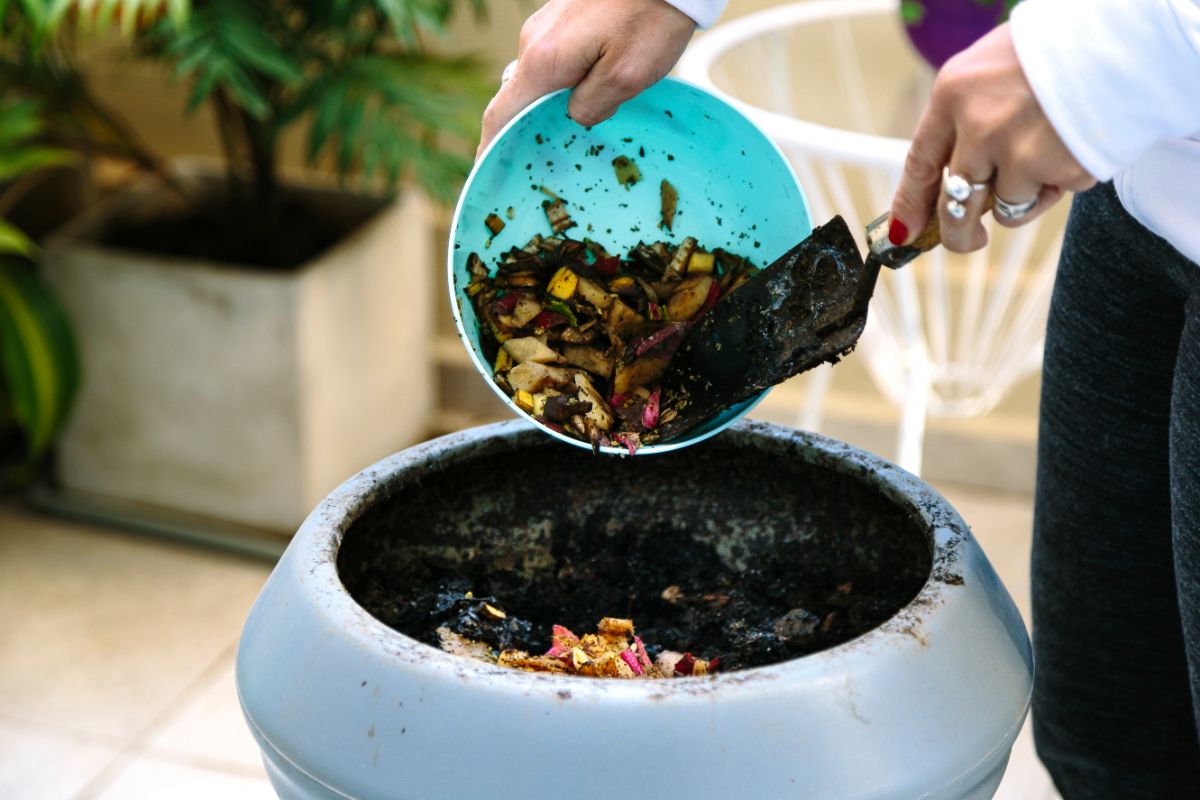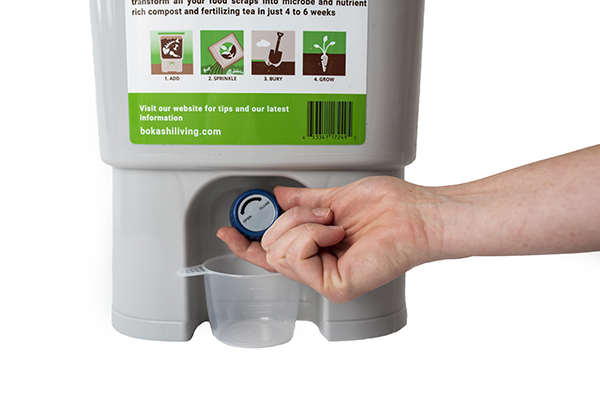Bokashi Tea: The Secret To Healthy Plants And A Cleaner Drain
Bokashi Tea: The Secret to Healthy Plants and a Cleaner Drain
Bokashi tea is a liquid byproduct of the bokashi fermentation process. It is made up of beneficial bacteria and enzymes that are highly effective at breaking down organic matter. Bokashi tea can be used to fertilize plants, improve soil health, and even clean drains.
In this blog post, we will discuss the benefits of bokashi tea, how to make it, and how to use it. We will also provide some tips on how to get the most out of bokashi tea.
Benefits of Bokashi Tea
Bokashi tea has a number of benefits for plants, soil, and drains. Here are some of the most notable benefits:
- Improves plant health: Bokashi tea contains beneficial bacteria and enzymes that can help to improve plant health. These bacteria can help to break down organic matter in the soil, which can provide plants with the nutrients they need to grow strong and healthy.
- Increases soil fertility: Bokashi tea can help to increase soil fertility by adding beneficial bacteria and enzymes to the soil. These bacteria can help to break down organic matter in the soil, which can release nutrients that are available for plants to use.
- Cleans drains: Bokashi tea can be used to clean drains by killing harmful bacteria and breaking down organic matter. This can help to prevent clogs and keep your drains running smoothly.
How to Make Bokashi Tea
To make bokashi tea, you will need:
- A bokashi bucket
- Bokashi bran
- Water
Instructions:
- Fill the bokashi bucket with bokashi bran.
- Add water until the bokashi bran is moistened but not saturated.
- Cover the bokashi bucket and let it ferment for 1-2 weeks.
- After 1-2 weeks, the bokashi tea will be ready to use.
How to Use Bokashi Tea
Bokashi tea can be used in a variety of ways. Here are some of the most common ways to use bokashi tea:
- Fertilize plants: Bokashi tea can be used to fertilize plants by diluting it with water. A good dilution ratio is 1:100.
- Improve soil health: Bokashi tea can be added to soil to improve soil health. A good application rate is 1-2 cups per cubic yard of soil.
- Clean drains: Bokashi tea can be used to clean drains by pouring it directly down the drain.
Tips for Using Bokashi Tea
Here are some tips for getting the most out of bokashi tea:
- Use fresh bokashi tea: Bokashi tea loses its potency over time, so it is best to use it fresh.
- Dilute bokashi tea properly: Bokashi tea is very concentrated, so it is important to dilute it properly before using it.
- Do not apply bokashi tea directly to plant foliage: Bokashi tea can burn plant foliage, so it is important to apply it to the soil only.
Conclusion
Bokashi tea is a powerful tool that can be used to improve plant health, soil fertility, and drain health. It is easy to make and use, and it has a number of benefits. If you are looking for a natural way to improve the health of your plants and soil, bokashi tea is a great option.
Bokashi tea is a liquid fertilizer made from fermented bokashi bran. It is a rich source of beneficial microorganisms, which can help to improve the health of your soil and plants. Bokashi tea can be used to water your plants, spray it on your leaves, or even add it to your compost pile.
If you are interested in learning more about bokashi tea, I recommend visiting the website Garden Wiki. This website has a wealth of information about bokashi tea, including how to make it, how to use it, and the benefits it can offer your plants.
FAQ of bokashi tea
What is bokashi tea?
Bokashi tea is a liquid byproduct of the bokashi composting process. It is made up of fermented bran, water, and beneficial bacteria. Bokashi tea is a rich source of nutrients and microorganisms, making it a valuable fertilizer for plants.
What are the benefits of using bokashi tea?
Bokashi tea has many benefits for plants, including:
- Improves soil health
- Increases nutrient uptake
- Promotes root growth
- Helps to prevent plant diseases
- Replenishes beneficial bacteria in the soil
How can I use bokashi tea?
Bokashi tea can be used in a variety of ways, including:
- Diluting it with water and watering plants with it
- Using it as a foliar spray
- Adding it to compost
- Using it to clean drains and pipes
How often should I use bokashi tea?
The frequency with which you use bokashi tea will depend on the needs of your plants. However, a good rule of thumb is to use it once or twice a week during the growing season.
What are the risks of using bokashi tea?
There are no known risks associated with using bokashi tea. However, it is important to note that bokashi tea can be a bit strong, so it is best to dilute it before using it on plants.
Image of bokashi tea
Here are 5 different images of "bokashi tea" from Pinterest:
- Image 1: A jar of bokashi tea with a spout for pouring. The tea is a dark brown color and has a cloudy appearance.

- Image 2: A close-up of the liquid in the jar of bokashi tea. The liquid is a dark brown color with a thick consistency.
- Image 3: A plant that has been watered with bokashi tea. The leaves of the plant are a deep green color and they look healthy.
- Image 4: A person pouring bokashi tea into a watering can. The person is wearing gloves and a mask to protect themselves from the strong smell of the tea.

- Image 5: A group of vegetables that have been grown using bokashi tea. The vegetables are all healthy and they look delicious.

Post a Comment for "Bokashi Tea: The Secret To Healthy Plants And A Cleaner Drain"